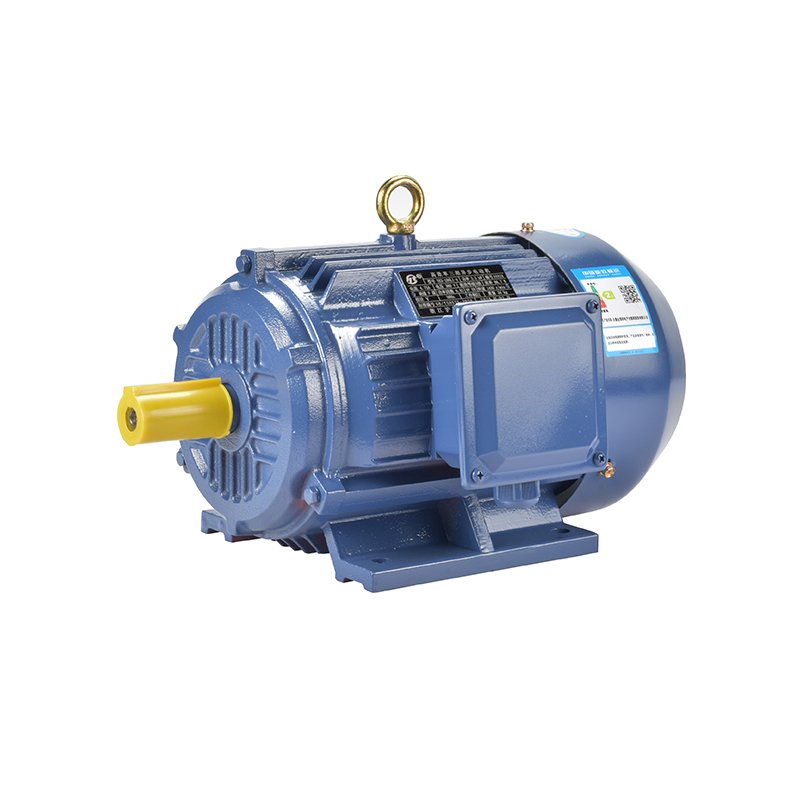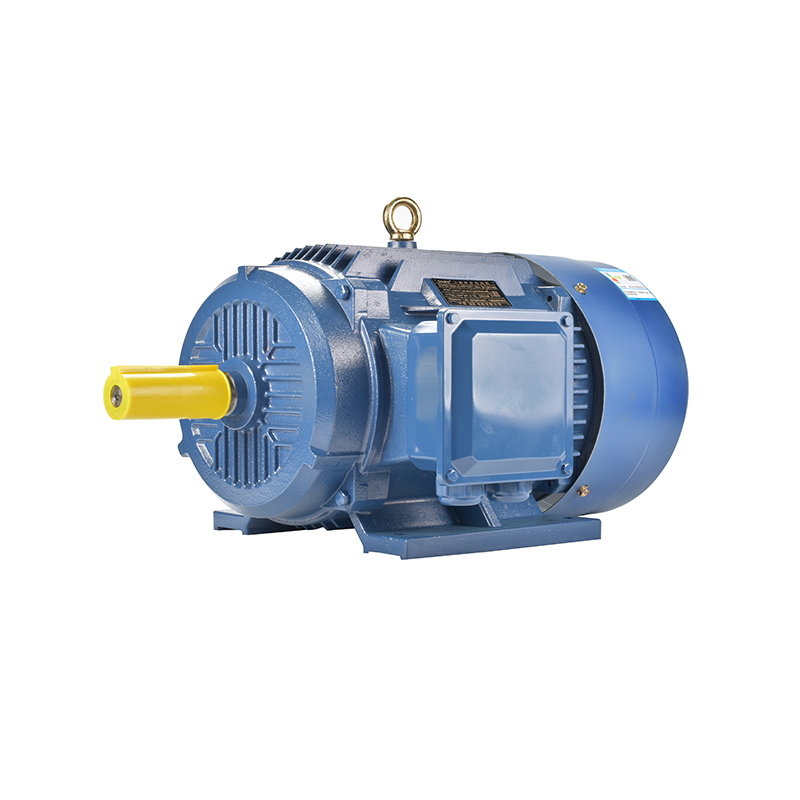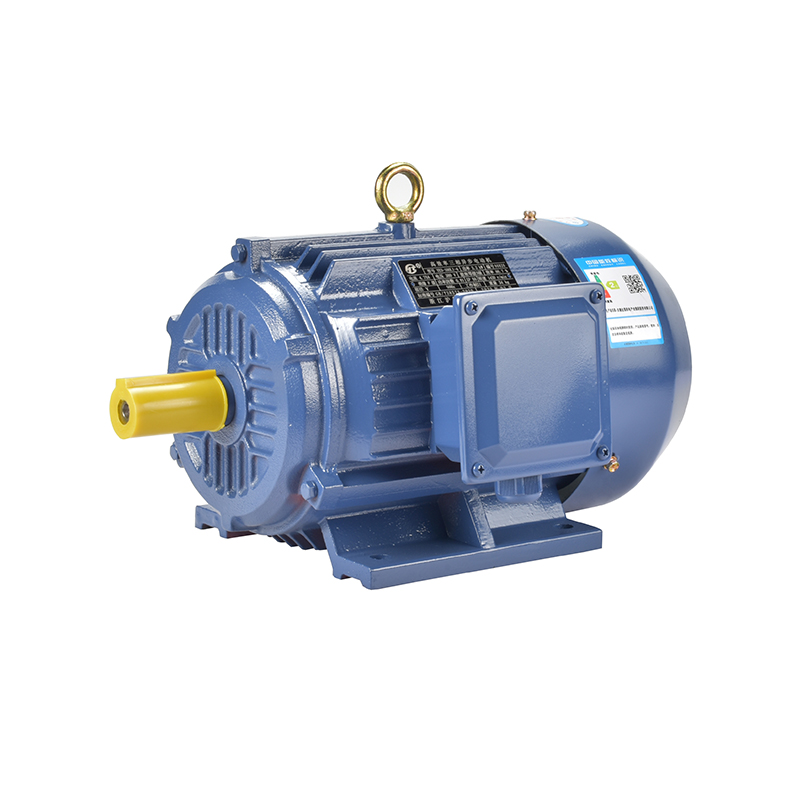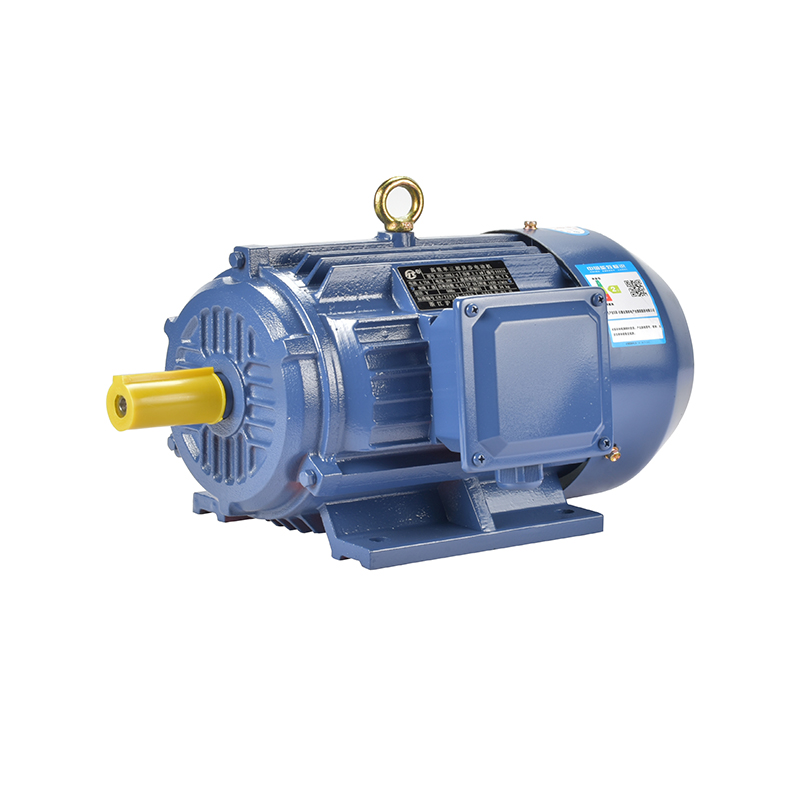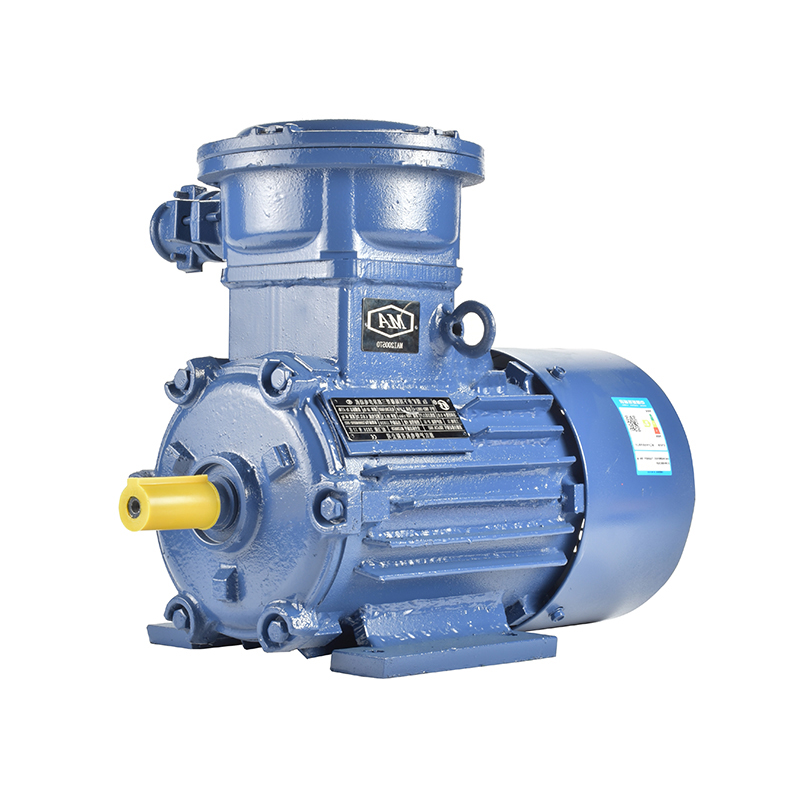Surface Treatment Methods For Long-Term Durability
Various surface treatment methods are commonly employed to enhance the durability of motors, including those used in demanding environments such as 3 phase permanent magnet synchronous motors, single phase industrial motors, and flame proof motors. Understanding these surface treatments and their effects can help users and manufacturers optimize motor reliability over time.

Electric motors operate in a wide range of industrial, commercial, and even residential applications, often facing exposure to harsh conditions such as moisture, dust, chemicals, and mechanical wear. These conditions can cause corrosion, surface degradation, and premature failure if the motor’s surface is not properly protected. Surface treatments act as a barrier or protective layer that shields the underlying metal components from environmental factors.
One of the common surface treatment methods is electroplating, where a thin layer of metal such as zinc, nickel, or chromium is deposited on the motor’s surface. Electroplating enhances corrosion resistance and can improve surface hardness. For example, single phase industrial motors often benefit from zinc plating due to its effective protection against rust, especially in environments with high humidity or chemical exposure. The zinc layer acts sacrificially by corroding in place of the steel substrate beneath.
Another widely used technique is powder coating, which involves applying a dry powder polymer that is then cured under heat to form a tough, protective finish. This method provides both corrosion resistance and mechanical protection. For motors like the 3 phase permanent magnet synchronous motor, which are frequently used in applications requiring precise and stable operation, powder coating can offer a durable finish that withstands vibration and mechanical stress without chipping or peeling.
Anodizing is a specialized surface treatment primarily used on aluminum motor components. This electrochemical process thickens the natural oxide layer on the surface, making it more resistant to corrosion and wear. Motors with aluminum housings or parts, such as some single phase industrial motors, benefit from anodizing because it not only extends the life of the motor but also improves heat dissipation, which is critical for continuous operation.
For motors designed to operate in hazardous or explosive environments, like flame proof motors, surface treatment methods must meet stringent safety and durability requirements. Flame proof motors are engineered to contain any ignition inside the motor housing, preventing sparks or flames from escaping and causing external explosions. The surface treatment for these motors must ensure not only corrosion resistance but also maintain the integrity of the housing under high pressure and temperature conditions. Processes such as epoxy coating and specialized painting with heat-resistant and chemical-resistant materials are often employed to fulfill these demands.
In addition to corrosion protection, surface treatments also contribute to wear resistance, which is essential for components subjected to friction or mechanical contact. Hard chrome plating is a technique often used on shafts and bearings within various motor types, including 3 phase permanent magnet synchronous motors, to reduce wear and extend service life. The hard chrome layer offers a smooth surface with high hardness, which reduces friction and reduces the likelihood of surface cracking under load.
Environmental regulations and customer demands for sustainability have led manufacturers to explore surface treatments that are less harmful to the environment. For example, some powder coatings are formulated without volatile organic compounds (VOCs), reducing environmental impact while providing strong protection. This trend aligns well with industrial motors' growing emphasis on energy efficiency and environmental responsibility.
It is also important to consider that surface treatment effectiveness depends on proper surface preparation. Before applying any coating or plating, the motor surface must be thoroughly cleaned and sometimes roughened through processes like sandblasting. This ensures that the treatment adheres well and performs reliably over time. Poor surface preparation can advance to peeling, cracking, or premature corrosion despite the use of advanced treatments.
Maintenance practices also interact with surface treatment durability. Routine inspections for signs of corrosion, chipping, or wear on the motor surface allow for timely repairs or reapplications of coatings, helping avoid unexpected failures. For flame proof motors, which often operate in safety-critical environments, regular checks ensure that the surface treatment remains intact and the motor continues to meet safety standards.
Choosing the right surface treatment for a specific motor depends on various factors, including the motor type, operating environment, and application requirements. A single phase industrial motor used indoors in a clean environment may only require simple corrosion protection, whereas a flame proof motor used in a chemical plant will need a highly resistant coating designed to withstand aggressive substances and bad temperatures. Meanwhile, a 3 phase permanent magnet synchronous motor applied in a precision manufacturing line might prioritize surface treatments that contribute to thermal management and vibration resistance.
In conclusion, surface treatment methods play an essential role in extending the service life and reliability of electric motors across various applications. Techniques such as electroplating, powder coating, anodizing, and specialized coatings for flame proof motors provide necessary protection against corrosion, wear, and environmental hazards. Understanding these methods allows manufacturers and users to select appropriate treatments that align with motor types like 3 phase permanent magnet synchronous motors, single phase industrial motors, and flame proof motors, ensuring stable and durable operation over the long term.
-
Feedback



 English
English русский
русский Español
Español عربى
عربى

